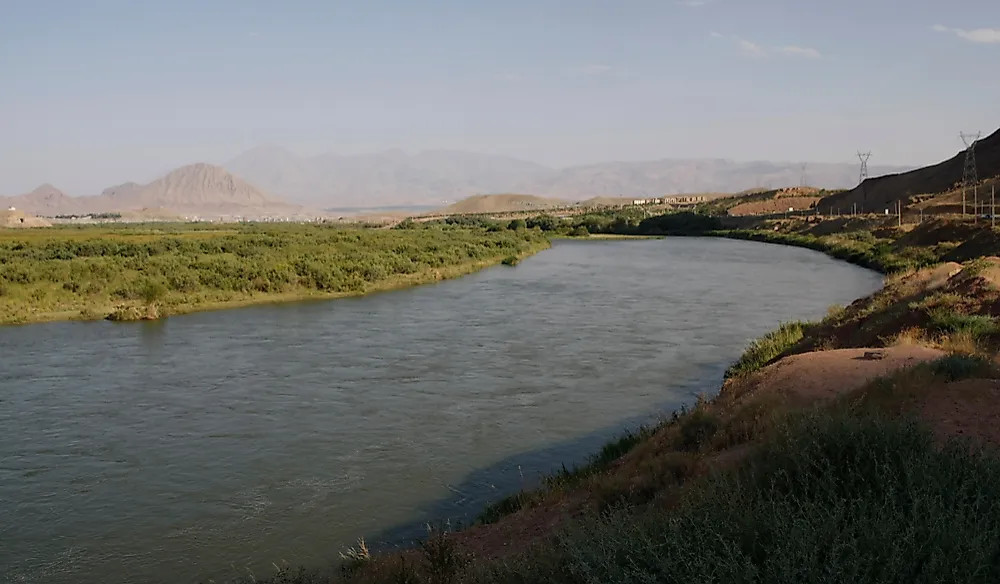What Is The Nakhchivan Autonomous Republic?

The Nakhchivan Autonomous Republic (NAR) is an autonomous exclave of Azerbaijan. It covers 2,100 sq miles and is separated from Azerbaijan by southern Armenia. It is landlocked and borders Armenia to the north and the east, Iran to the west and the south, and Turkey to the northwest. NAR has a population of about 453,000 and Nakhchivan City is the capital.
History
The region that is now Nakhchivan was part of Iran's Safavid Dynasty in the mid and late 16th century. It was awarded to Imperial Russia in 1828 after the Russo Persian War. In 1917, the region revolted against Imperial Russia and was placed under the rule of a provisional government. In May 1918, Nakhchivan, Zangezur, Nagorno-Karabakh, and Qazakh were contested by the newly-formed States of Azerbaijan Democratic Republic and the Democratic Republic of Armenia. The Ottoman Empire occupied the territory in June 1918 but pulled out and paved the way for a British occupation in adherence to the Armistice of Monroe. The Bolsheviks seized the land in 1920 and declared it an autonomous republic while upholding close ties with Azerbaijan. In 1990, it declared independence from the Soviet Union in protest against the marginalization of nationalistic movements in Azerbaijan. A year later, Nakhchivan declared itself an autonomous region of Azerbaijan governed by a democratically elected legislature. The region is still recovering from the Armenian-Azerbaijan war that saw Armenia annex part of its territory.
Demographics
The population of Nakhchivan as of December 2018 was estimated at 453,000. About 99% of the population consists of Azerbaijanis, Russians account for 0.15%, while the Kurds account for 0.6%. In the 1990s and 2000s, a large number of Azerbaijanis migrated to Azerbaijan and Turkey because of the poor economic status of the region and the political instability that followed the post-soviet era. Native Armenians were expelled during the forceful exchange of citizens between Azerbaijan and Armenia. About 70% of the population resides in a rural environment while the remaining 30% are found in urban settlements.
Economy
The economy of Nakhchivan is highly dependent on minerals including molybdenum, salt, and lead. Agricultural land developed during the Soviet era is used for the production of wheat, barley, tobacco, cotton, and grapes. The economy suffered immensely in 1988 as a result of the Nagorno-Karabakh War when raw materials and markets became inaccessible. Despite autonomy, 75% of the budget is provided by the government of Kazakhstan as well as aid from Turkey and non-governmental organizations.
Current Situation in Nakhchivan
Tension remains high in parts of Nakhchivan that borders Armenia as Armenian and Azerbaijani forces engage in constant military tassels over the control of the no-mans-land separating the two countries. In June 2018, the rival armies engaged in a shootout that led to the death of servicemen on both sides of the border. Nakhchivan and Turkey have also developed close social and economic ties as the former views the latter as a better ally than Armenia.











